Gravity and Allurement
Gil Scott Heron, the poet, novelist, and godfather of rap, famously pronounced, “The revolution will not be televised.” You might think he was wrong in the wake of the January 6th insurrection on the US Capitol—but only if you misunderstood his meaning. Heron was not talking about believers of false conspiracy theories. He was talking about a revolutionary change in consciousness. “The first change that takes place is in your mind” he told us. “You have to change your mind before you change the way you live and the way you move.” This revolution in consciousness is underway—a transformational shift from the individual to the collective, from humans to all of nature, and ultimately, from fear to love. These changes are necessary if we are to survive the environmental and health crises we now face.
A transformation of consciousness is momentous, but not readily visible, because the shift occurs under the surface, like the movement of tectonic plates. When larger forces are moving, surface reality becomes unsettled and rearranged. This is an interregnum period—a difficult transition because the old is breaking up and the new has yet to be born. In an interregnum, “a great variety of morbid symptoms appear,” according to Italian Marxist philosopher, Antonio Gramsci. In the United States, the most prominent symptom has been systemic racism, which was always there, but previously suppressed.
The insurrection that threatened to upend—and did interrupt the peaceful transfer of power—was a direct reflection of this. The election was the ostensible cause for the riots; the underlying cause was white supremacy. The phrase “Take Back our Country” was a dog whistle; it referred to what immigrants and people of color have taken away (or threaten to take away) from white America. What the insurrectionists fear most is losing their white privilege.
From the Individual to the Collective
When a police officer kept his knee on George Floyd’s neck, causing him to die, but catalyzing a renewed social justice movement, it occurred to me that this was a metaphor for what humanity had been doing to the Earth. We had been keeping our knee on her neck, paving over the natural world to pursue our short-sighted economic interests. It was Mother Earth that could not breathe. If we do not change, much of the natural world will die, and so could the human race.
Zoonotic diseases, such as swine flu, Ebola, and SARS (Severe Acute Respiratory Syndrome) of which COVID-19 is part of, come about due to the dominant way human beings interact with nature. The human species has diminished animal habitats all over the world. It is because of this that humans are increasingly becoming infected with animal pathogens. The only solution to this is to rethink how we interact with the more-than-human world.
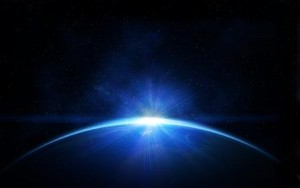 The pandemic, as upsetting as it may be, is serving a purpose. It is awakening humanity to the dangers of our selfish ways. The Mamos (spiritual elders of Colombia) say the virus came about to make us realize we are all interconnected, not only with each other, but with all living things. I include viruses among the living, knowing full well that scientists do not generally consider viruses to be living organisms because they require a host body to reproduce. The problem with this thinking is that humans also require a host body to survive. We could not be alive without Mother Earth and her protective atmosphere. She is our host body. Mother Earth not only sustains us, but the whole web of life, including the trees and plants that give out the breath of life (oxygen) that we return to them (Co2) in a sacred circle.
The pandemic, as upsetting as it may be, is serving a purpose. It is awakening humanity to the dangers of our selfish ways. The Mamos (spiritual elders of Colombia) say the virus came about to make us realize we are all interconnected, not only with each other, but with all living things. I include viruses among the living, knowing full well that scientists do not generally consider viruses to be living organisms because they require a host body to reproduce. The problem with this thinking is that humans also require a host body to survive. We could not be alive without Mother Earth and her protective atmosphere. She is our host body. Mother Earth not only sustains us, but the whole web of life, including the trees and plants that give out the breath of life (oxygen) that we return to them (Co2) in a sacred circle.
We need to revision the meaning of the word individual. It is not simply that an individual is a self-sufficient unit. The original meaning of individual comes from indivisible. A fully realized individual recognizes their inextricable relationship with the whole. Carl Jung called this process individuation, the movement from a divided, conditioned self to a true undivided Self.
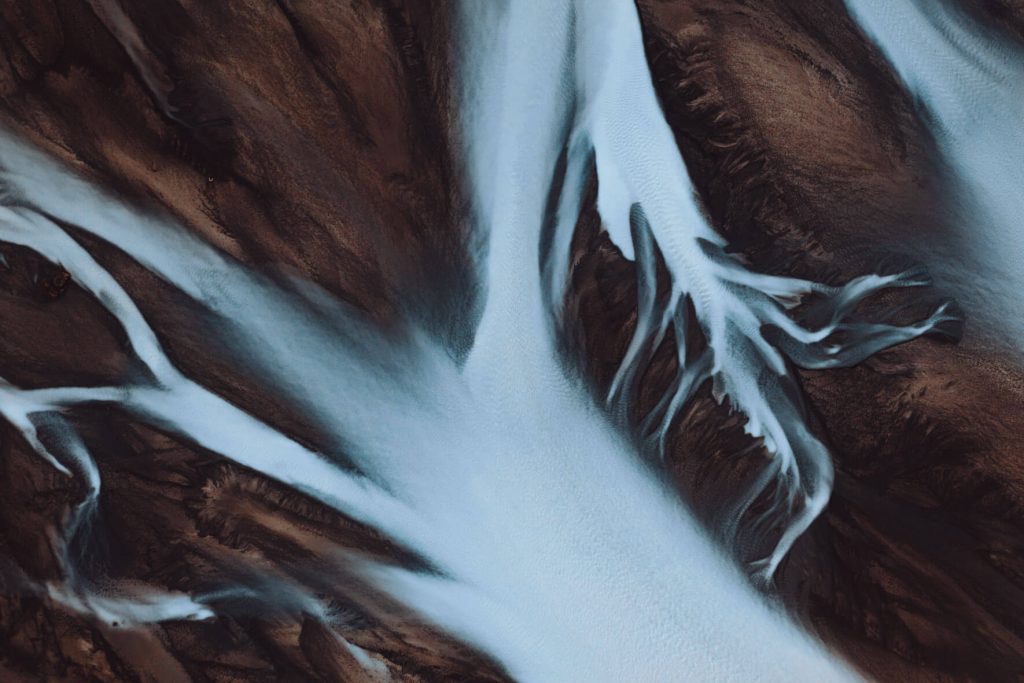
As the ancients understood, the human is microcosm of the macrocosm. Our bodies are approximately 70% water, roughly equal to how much of the earth’s surface is covered by water. The rivers, brooks, and streams are comparable to the arteries, veins, and capillaries of our body. Our lungs breathe in and out as the ocean tides do. And the bones in our bodies are like the rocks of the earth. What we do to the earth we do to ourselves.
We moderns have forgotten that we are the microcosm of the macrocosm, becoming disconnected from our source. For centuries, we have despoiled the earth, polluting her waters, soil, and air—and until climate change reared its head, we seemed oblivious to the consequences. Humanity has been implicated in global warming; but climate change is not the cause of environmental pollution—climate change is the result. What the changing biosphere teaches us is that all living creatures are radically interdependent. Our survival is dependent upon the recognition of the more-than-human world as our relatives. This is the reason the Lakota people use the phrase Mitakuye Oyasin (for all my relations), often said at the end of prayers.
Love of Nature Is the Answer
This time of isolation from other human beings has a silver lining of reconnecting with the natural world. This is our opportunity to fall in love again with the magnificence of nature. It is a time to get out and explore, making friends with the plants, trees, birds, squirrels, rabbits, roadrunners, coyotes, hawks and eagles, or whatever flora and fauna are in your area. When the world feels hopelessly complicated, chaotic and random, the diversity of nature may provide an answer.
Complexity need not be scary. To be complex is to be surrounded, encircled, embraced, and braided together. All of creation is woven together with love, in a myriad of patterns of interconnections and feedback loops that self-organize and organically replicate in countless fractals of repetition.
The natural world is composed of relationships upon relationships upon relationships. Some of these are predator and prey relationships, and involve aggression and fear. But if you ever watched the dance of predator and prey, you will observe the moment when the prey submits to their fate. They give themselves up in an act of sacrifice. It is that sacrifice that makes the predator-prey relationship sacred, even loving.
In most activities in nature, it is not fear that predominates. The preponderance of interactions are based in a profound degree of cooperation and respect, what could be called love. Is it love when a fruit tree senses a bee approaching, and increases her attractiveness, secreting a burst of sugar into her nectar? If it is not love, it is at least seduction or courtship, because it works. The bee is attracted.
Love: The Greatest Transformative Force
A love that is based in acceptance, not circumstance, is unconditional. Unconditional love for life itself is the greatest transformational force there is. This is much easier said than done during a pandemic—but that is when it is needed most.
Love can easily become wrapped up in fear, particularly when our understanding of love is limited to a personal level of feeling secure and protected. If love is treated as a personal savior, it will be reduced to wishful thinking and romantic daydreaming. I am speaking instead of a love that extends beyond the interpersonal human context—a love that originates in nature.
A key to understanding the depths of love is to realize that it is an energy in nature, and as such, cannot be created or destroyed. Without love—the unseen force that binds things together —the solar system, our galaxy, and, for that matter, all galaxies, would simply break apart. Nothing would work. Instead, everything holds together. Scientists call this force of attraction gravity. But gravity is not something that has ever been understood—not by Newton, or by anyone since. All we know of gravity is that it exists.
What is the force that makes the moon want to be with the Earth, and the Earth want to be with the Sun? You could call it gravity, but that is such a grave term for allurement. We might as well call it Love.
Speaking to the beloved in all of creation is the highest expression of love. “Love is the water of Life; jump into this water,” implores Rumi. Water is an excellent metaphor for love. When the underground rivers are thirsty, they cry out to the Cloud People, calling for the rains to come down. It is the love between the Groundwater and the Sky Water that brings the rains. We humans cannot go without love any more than we can go without water. If we hold back from expressing our love, eros will wash over and drown us, like a tidal wave engulfs the shore. Love is an unstoppable force as powerful as the moon and tides.
The ultimate symbol of love in nature may be what the Keres-speaking Laguna people of New Mexico call their original being: Tse Che No, or “Spider Woman.” It is from the belly of Spider Woman that all the world was created. During these times of separation and social distancing, I find the image of Spider Woman viscerally appealing. I can feel Spider Woman is my own gut. I too was once attached by a similar thread, which we refer to as an umbilical cord. Imagining this form of creation is pleasing—not a violent explosion like the Big Bang, but a gentle weaving. The silky thread that Spider Woman spins is flexible, yet strong. It creates all things while maintaining a connection to its mother. Life that comes from life and is connected to all things feels whole, beautiful, and loving. All my fears dissipate. There is just oneness, undivided oneness. All is connected. All is whole. All is love.


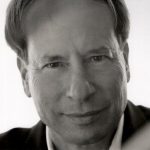
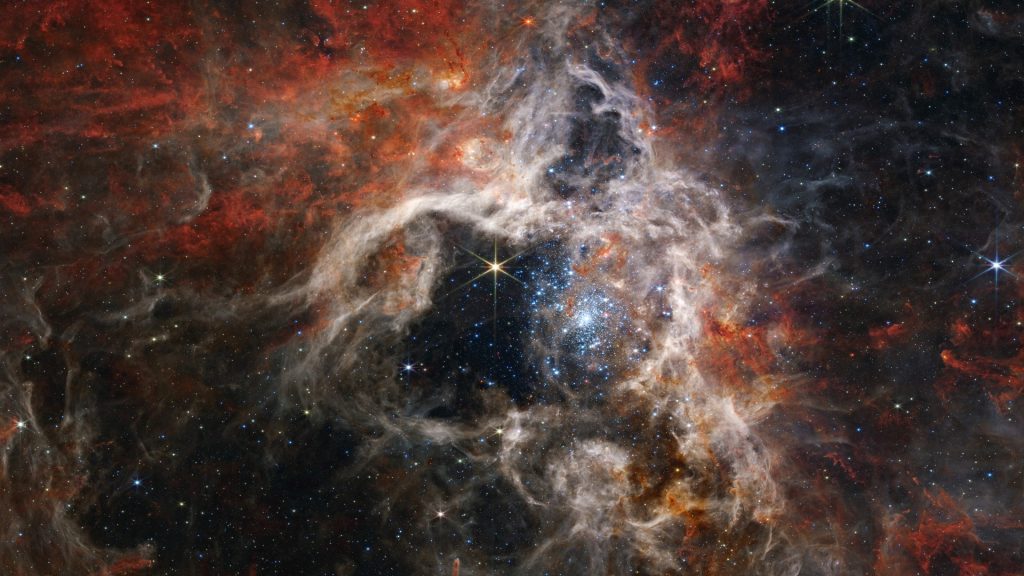
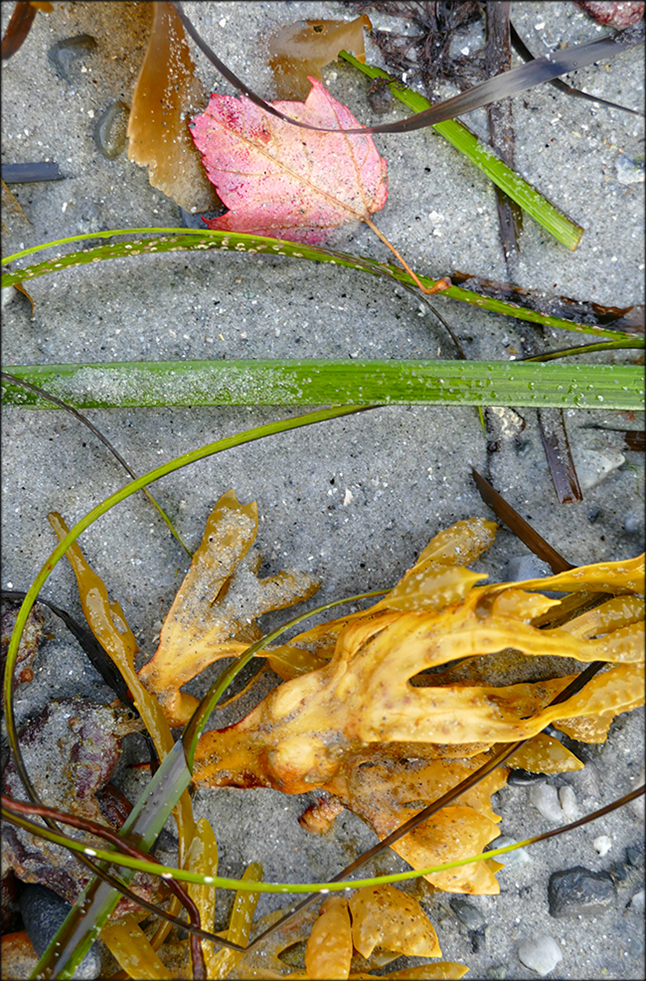


Glenn, I love your comparison of viruses and humanity; both being barren without a host body; and Mother Earth is our host body. It captures how nothing is inherently separate except in our lack of appreciation for what allows us to be alive. And that is echoed in another theme in your essay: that gravity might as well be called love because it is the visible manifestation of a sacred wholeness that embues and embraces all things.